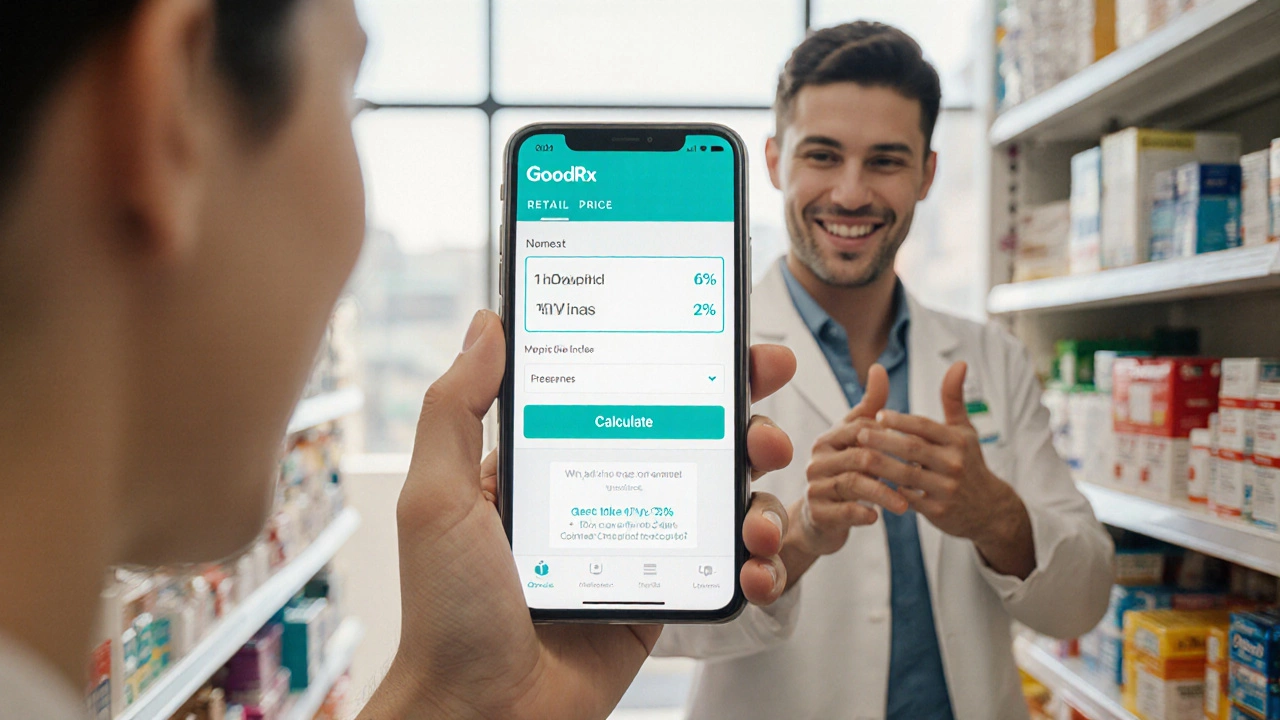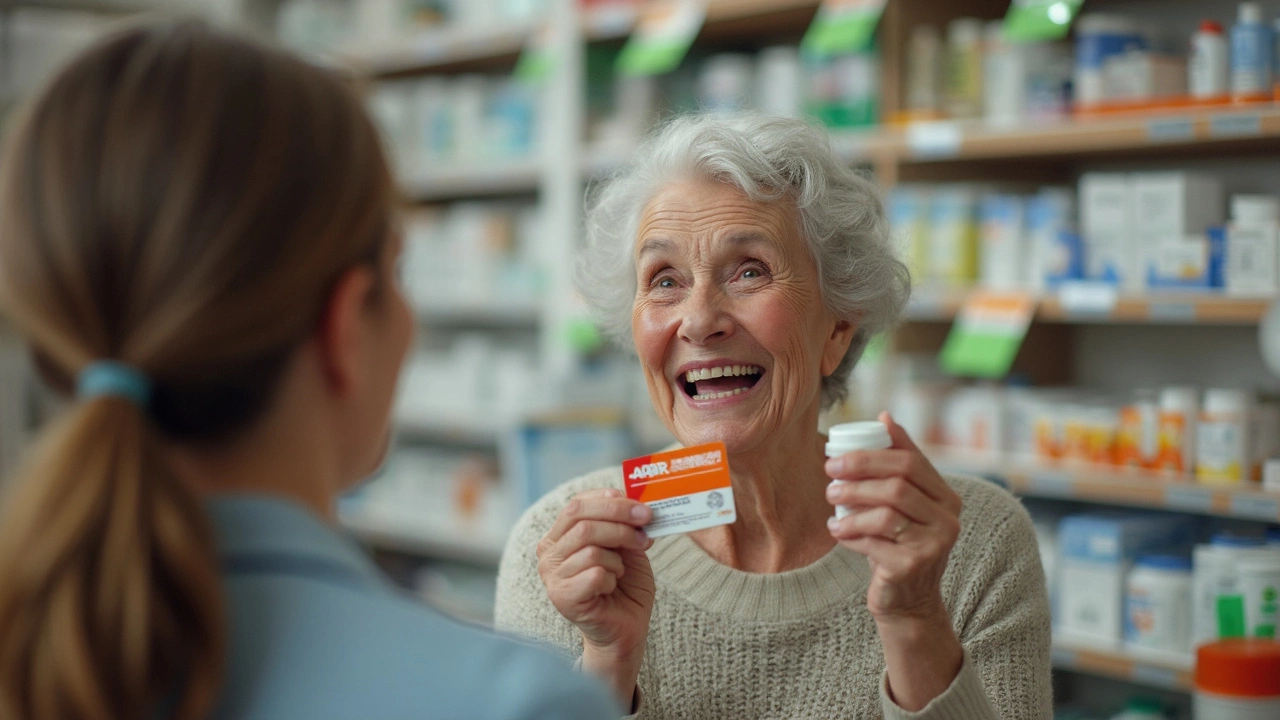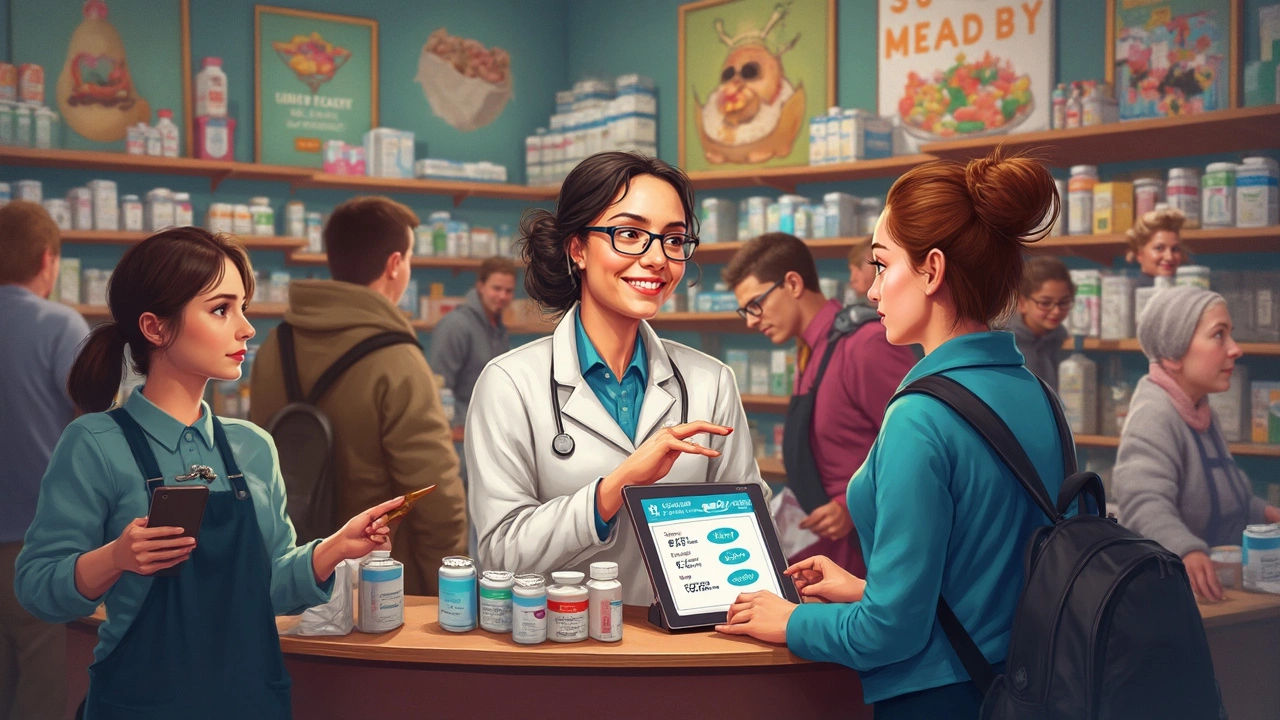Pharmacy Savings: Easy Ways to Cut Prescription Costs
Ever look at your medicine bill and wonder why it’s so high? You’re not alone. The good news is you don’t need a magic trick to save – just a few smart habits and the right tools. Below you’ll find practical tips that work right now, whether you pick up meds at a high‑street pharmacy or order them online.
Smart Ways to Lower Your Medicine Bills
First, ask your doctor for a generic version of any brand‑name drug. Generic medicines have the same active ingredient but cost a fraction of the price. Most doctors are happy to prescribe them if they’re available. If you’ve already got a brand drug, call the pharmacy and see if a generic is an option – sometimes a quick swap saves you dozens of pounds.
Second, compare prices before you buy. Use price‑comparison websites or apps that show the cost of the same prescription at different pharmacies in your area. A 5‑pound difference can add up quickly if you’re on a long‑term treatment.
Third, consider discount pharmacy cards. Many charities and private companies offer free cards that give you up to 30 % off certain medicines. You simply show the card at checkout, and the discount is applied automatically. Some cards work online too, so you can save whether you shop in‑store or on the web.
Fourth, look at NHS schemes like the Prescription Prepayment Certificate (PPC). If you take several prescriptions each month, a yearly or six‑monthly PPC can be cheaper than paying per item. Do the math – if you pay for six or more items a month, the PPC usually pays for itself.
Tools and Resources for Instant Discounts
Online pharmacies often have lower overheads, which means lower prices. Websites such as Chemist Direct, Pharmacy2U, and Boots Online list their prices openly. Before you buy, check if they offer a first‑order discount code – many do for new customers.
Another handy tool is the NHS App. It lets you view your prescription history, request repeats, and see if any of your meds qualify for a free exemption. If you’re over 60, under 16, or have a certain medical condition, you might already qualify for free prescriptions.
Don’t forget about bulk buying. If your doctor approves a 90‑day supply, you can often get a better price per tablet. Just make sure the pharmacy you use allows you to store the meds safely and that the medication isn’t time‑sensitive.
Finally, keep an eye on special pharmacy promotions. Seasonal sales, ‘buy one get one free’ offers, or loyalty points can shave off extra pounds. Sign up for newsletters from your local pharmacy – they rarely spam, and they’ll alert you when a deal drops.
Saving on prescriptions isn’t about cutting corners on health; it’s about being informed and using the resources that already exist. With a few quick checks, a generic swap, and a handy discount card, you can keep your medicine costs low without compromising care.
GoodRx Explained: How the Discount App Works and What to Watch Out For
Discover how GoodRx saves on prescriptions, where the discounts come from, potential data privacy issues, and when the app is truly worth using.
AARP Prescription Discounts: How Much Can You Really Save?
Curious if AARP actually helps you save on prescription costs? This article breaks down AARP’s prescription discount program, how it works, and who qualifies. Get handy tips on maximizing your savings at the pharmacy and see how AARP stacks up against other discount options. We’ll clear up what’s hype and what’s real when it comes to dropping your medication bills with AARP. Learn what you should keep in mind before signing up.
Does GoodRx Really Work for Prescription Costs?
GoodRx is often mentioned as a savior for those battling high prescription expenses, but does it really deliver on its promises? This article explores how GoodRx works, its benefits, and some potential pitfalls users might face. Dive into practical tips on how to maximize your savings and learn when GoodRx might be the right choice for you. Understand the dynamics of pharmacy pricing and how tools like GoodRx fit into the broader picture of healthcare savings.



